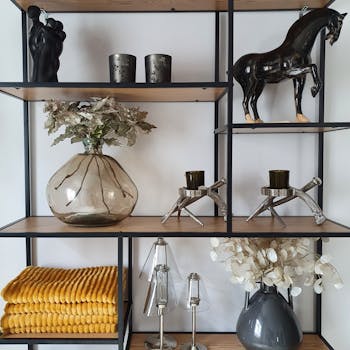Glossy vs Matte Laptop Screens: Which Should You Choose?
9/21/2025 · Displays · 6 min

TL;DR
- Glossy screens deliver punchy colors and deeper perceived contrast, making photos, videos, and games look more vibrant.
- Matte screens reduce reflections and are easier to use in bright environments or under desk lighting, at the cost of slightly softer perceived contrast.
- Choose glossy if you prioritize media consumption, color pop, and color work in a controlled lighting setup.
- Choose matte if you need longest wearable comfort, use the laptop outdoors or in bright offices, or if reflections bother you during long editing or coding sessions.
How the coatings change what you see
- Glossy coating: smooth, highly reflective surface that preserves specular highlights and increases perceived contrast. Whites look cleaner and colors appear more saturated.
- Matte coating: textured anti-glare layer that scatters reflected light, reducing mirror-like reflections but also slightly diffusing image detail and contrast.
Color accuracy and professional work
- Both finishes can be factory-calibrated to be color accurate. Finish alone does not determine accuracy.
- Glossy surfaces can make colors look more vivid, which helps subjective editing, but that perceived boost can mask calibration errors.
- Matte screens are often preferred by photographers and designers who work under mixed lighting because reflections are less likely to skew perception.
Glare, viewing comfort and real world use
- Bright rooms and windows: matte wins. The coating minimizes distracting reflections and reduces eye strain during long sessions.
- Dim rooms and controlled studios: glossy shines. You get richer-looking media and deeper blacks.
- Fingerprints and smudges: glossy surfaces show them more, and they can affect image clarity unless cleaned often. Matte hides smudges better.
Touchscreens and pen input
- Most touchscreens use glossy panels because capacitive touch requires a smooth cover glass. If you need touch or stylus support, glossy is likely unavoidable.
- Matte touchscreens exist with etched glass, but they can feel different under a finger or stylus and sometimes reduce stylus precision slightly.
Brightness and black levels
- Glossy panels can appear to have deeper blacks in low ambient light because of stronger perceived contrast.
- Matte coatings can reduce perceived contrast by scattering light, so manufacturers often push higher peak brightness to compensate.
- If you plan to work outdoors, prioritize a matte screen with at least 300 nits and an anti-reflective coating.
Gaming and movies
- For gaming and movie watching in a controlled room, glossy gives a more immersive look due to vibrant highlights and punchier colors.
- For long play sessions in cafes or living rooms with lamps and windows, matte reduces glare and keeps detail visible across the screen.
Durability and maintenance
- Glossy glass is easier to wipe clean but shows every fingerprint. Use a microfiber cloth and gentle cleaner when needed.
- Matte coatings can wear unevenly if scrubbed aggressively; avoid abrasive cleaners and heavy pressure.
Which should you buy? Use case guide
- Creators and media lovers: glossy if your workspace lighting is controlled and you value punchy visuals. Consider factory calibration or colorimeter profiling.
- Office workers and students: matte for fewer distractions from reflections and less eye strain during long documents or spreadsheets.
- Hybrid users who need touch: glossy touchscreen is likely the practical choice. Look for oleophobic coatings to limit fingerprints.
- Outdoor workers or frequent travelers: matte with high brightness and anti-reflective treatment.
Quick buying checklist
- Lighting where you use the laptop most: controlled room pick glossy, bright environments pick matte.
- Need touch or pen input: expect glossy, check for etched glass alternatives if you want matte feel.
- Color critical work: check factory calibration data or plan to calibrate, and judge in your real lighting.
- Battery life impact: brighter matte panels may draw more power, so check measured battery runtimes for the specific model.
Bottom line
Glossy and matte each solve different problems. Glossy panels maximize punch and perceived contrast for media and creative work in controlled light. Matte panels minimize reflections and improve comfort in bright or mixed lighting. Match the finish to your typical environment and workflow, and you will get the best daily experience.
Found this helpful? Check our curated picks on the home page.